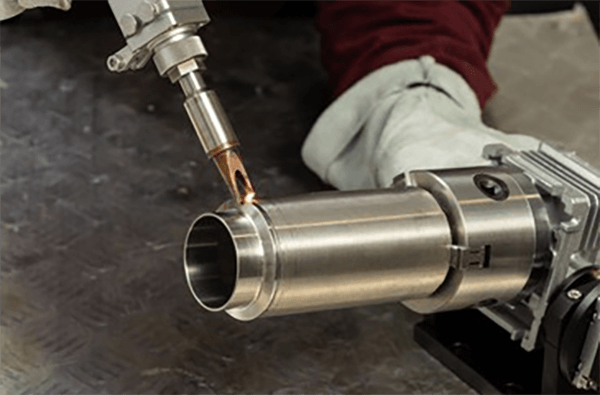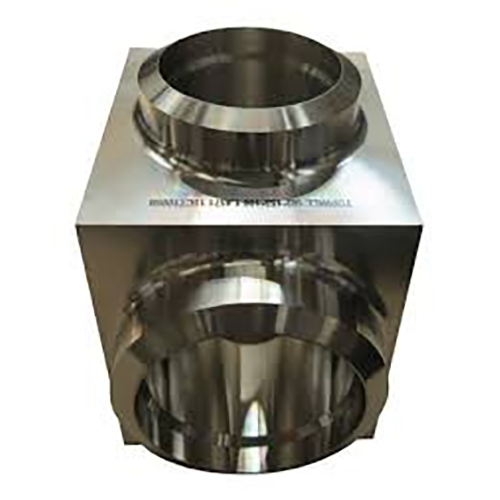
Meeting defined surface quality on a CNC-produced component remains essential.
- Specification callouts prescribe the detailed finish for parts
- Engineers often specify Ra (average roughness) to numerically define surface irregularity
- Interpreting finish callouts is necessary to guarantee parts satisfy functional criteria
- Specified roughness affects lubricant distribution, frictional performance, and durability
- It is essential to interpret the specific callout to achieve the desired outcome
CNC Machining: A Definition of Precision

CNC machining represents a game-changing method in production through automated code the equipment produces detailed patterns with tight tolerances.
- Numerical control tools generate quality components from varied media
- Machine flexibility renders it suitable for medical device and electronics manufacturing
- Numerical control systems guarantee repeatable accuracy between batches
Across development to broad production CNC machining contributes fundamentally to manufacturing innovation
Reading CNC Machine Specs
Interpreting CNC data often seems complex on first review
Still a modest foundation of know-how combined with structure allows navigating specs
Start with locating core parameters: spindle rpm, feed, accuracy, work envelope, controller
Each metric impacts the machine’s aggregate capability.
As an example, increased spindle rpm favors soft alloys and higher feed favors throughput.
Appreciating such links enables selection of equipment fit for your objectives
Be sure to refer to vendor documentation completely.
Maker resources usually present informative direction and demystify jargon
What is a CNC Machine? A Comprehensive Guide
Programmed machining equipment comprises computer-managed tools for exact automated fabrication of diverse materials They interpret CNC code instructions to command cutting tools and motion.
- Frequent CNC varieties include mills, lathes, routers, plasma cutting machines
- Production processes accommodate metal alloys, plastics, woods, and composite materials
- Moreover CNC platforms enable rapid model creation and small-batch production for SMEs and R&D teams
CNC Machines: The Fundamentals Explained
They exemplify the union of precise mechanics and modern control software CNC platforms apply programming to fabricate both basic components and complex assemblies Essential concept transposes digital designs into manufactured reality.
- CNC machining
- Code-driven production workflow
It entails finely timed actuator motions governed by software Operators play a crucial role in selecting the appropriate cutting parameters monitoring the operation and ensuring the quality of the final product.
The Role of Surface Finish in CNC Machining
Meeting set surface quality in CNC work is significant It changes how a part performs and how it looks Material selection, cutting strategy, and finishing steps all influence final texture.
Refined surfaces boost longevity; rough surfaces can diminish functional performance CNC systems provide diverse tooling and strategies to reach required finishes.
- As an example choosing diverse tool geometries |diamond tooling|speed settings to obtain particular finish
- Secondary operations like sanding, grinding, or polishing boost finish
Recognizing how feeds, speeds, and tool geometry interact yields optimal finishes.
CNC Basics — Operation and Uses
It constitutes a high-precision manufacturing approach using programmed machine tools to form parts from many materials They execute coded toolpaths to create intricate parts repeatedly A fundamental understanding of CNC machine operation including the role of G-code programming and tool selection is essential for successful machining processes
CNC serves diverse fields including aerospace, automotive, manufacturing, and electronics From complex aerospace components to precise injection molds, CNC is essential for complex parts
Surface Finish Notation for Machined Components
Appropriate surface specification is essential during CNC part production It ensures part compliance with operational and appearance standards Engineers generally specify surface quality using the Ra roughness notation Noted in microns or millimeters, the value quantifies average texture height.
Evaluate both finish smoothness targets and the operational application before specifying

Typically smoother finishes are chosen where tight dimensional control and alignment matter
Rougher textures often suit parts intended for grip or high-friction contact
Include unambiguous roughness values in drawings to specify finish demands State the Ra figure and any extra machining or finishing instructions required.
Recall that well-defined roughness notes help ensure production success
Varieties of CNC Machines and Capabilities
Machine shops deploy varied CNC equipment tailored to many distinct production tasks These versatile tools utilize computer-aided design (CAD) software to control cutting tools enabling precise and efficient fabrication of components.
- Milling machines are renowned for their ability to remove material from a workpiece shaping it into complex geometries
- Turning machines rotate stock to create symmetrical components efficiently
- Plasma machines slice thick steel and ferrous metals rapidly using plasma arcs
Choosing the right CNC depends on production goals material type and required accuracy Machine-specific strengths enable applications in fields ranging from aerospace to automotive engineering.
Obtaining High-Quality Surface Finish with CNC
Obtaining fine surface quality is important and CNC technology delivers consistent control to attain it With deliberate feed-speed-tool strategies professionals steer cutting dynamics to achieve smoother surfaces Also advanced insert materials and suitable coolant practices support improved finishes Through careful selection of cutting strategies and meticulous machine setup CNC machining enables the creation of components with exceptional surface quality for diverse applications.
Programming Strategies for Surface Finish
Programming skills that affect finish are critical for reaching surface goals Cutting parameter selection—feed, speed, tool geometry—controls surface finish Conscientious parameter tuning with sound coolant strategy produces excellent surface quality.
- Also ongoing tool care and inspection support sustained finish reliability Besides that systematic tool upkeep and monitoring ensure sustained surface quality Additionally routine tool checks and upkeep maintain consistent finish quality
- To improve surface outcome account for material, roughness target, and application
- Toolpath simulation enables testing parameter impacts to cut down surface errors
- Also ongoing tool care and inspection support sustained finish reliability
